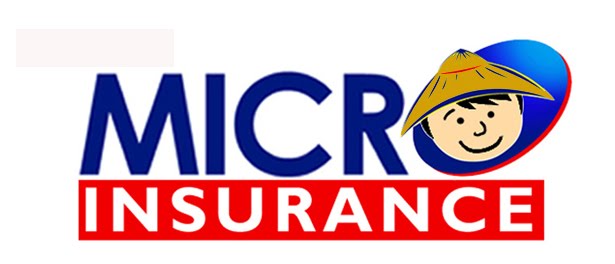Manila Bulletin
by Lee C. Chipongian
June 18, 2014
The country’s microfinance sector on average release about P8,000 per borrower, a gradual increase compared to P6,150 per borrower seven years ago.
Bangko Sentral ng Pilipinas (BSP) Governor Amando M. Tetangco Jr. assures that the microfinance sector remains on an upward trend, with P8.1 billion total microfinance loans released to 1,017,351 local borrowers as of end of the third quarter 2013.
“The microfinance sector continues to grow and empower more microentrepreneurs,” said Tetangco during yesterday’s 2013 Citi Microentrepreneurship Awardees event, with the Microfinance Council of the Philippines.
“In other words, bank loans to microenterprises increased by 102 percent in seven years, while the number of microentrepreneurs who accessed micro loans from banks increased by 56 percent,” he noted. Over the same period, average micro loans increased by 30 percent as well.
Tetangco remarked that in 2013, the accumulated bank savings of microentrepreneurs totaled P8.8 billion, about 525 percent more from P1.4 billion in 2006. This means the average deposit per microentrepreneur increased from P2,000 in 2006 to P8,650 in 2013, an increase of 332 percent in seven years.
“We realize these are cold figures. However, the stories behind these figures prove the power of microfinance to transform and improve lives,” said Tetangco.
Tetangco said the BSP continues to improve the regulatory environment for banks with microfinance operations. The most significant of these policy changes are the increase in the the average daily balance of microdeposits, microinsurance now cover families of microfinance clients and improved procedures in the product approval of housing microfinance loans and micro-agri loans.
Earlier this month the BSP also approved revisions to the way banks report microfinance and microenterprises loans to improve data capture. These should improve the quality of data reported by banks which would “serve as inputs in formulating policies to further enhance the present regulatory environment in support of MSME (micro, small and medium enterprises) lending.”
There are 186 banks offering microfinance services and products. Filipinos’ access to microcredit, said Tetangco, is the first step to gaining financial independence.
The BSP still face the challenge of financial inclusion especially since only 20 percent of Philippine households have bank accounts out of a population of 100 million.
by Lee C. Chipongian
June 18, 2014
The country’s microfinance sector on average release about P8,000 per borrower, a gradual increase compared to P6,150 per borrower seven years ago.
Bangko Sentral ng Pilipinas (BSP) Governor Amando M. Tetangco Jr. assures that the microfinance sector remains on an upward trend, with P8.1 billion total microfinance loans released to 1,017,351 local borrowers as of end of the third quarter 2013.
“The microfinance sector continues to grow and empower more microentrepreneurs,” said Tetangco during yesterday’s 2013 Citi Microentrepreneurship Awardees event, with the Microfinance Council of the Philippines.
“In other words, bank loans to microenterprises increased by 102 percent in seven years, while the number of microentrepreneurs who accessed micro loans from banks increased by 56 percent,” he noted. Over the same period, average micro loans increased by 30 percent as well.
Tetangco remarked that in 2013, the accumulated bank savings of microentrepreneurs totaled P8.8 billion, about 525 percent more from P1.4 billion in 2006. This means the average deposit per microentrepreneur increased from P2,000 in 2006 to P8,650 in 2013, an increase of 332 percent in seven years.
“We realize these are cold figures. However, the stories behind these figures prove the power of microfinance to transform and improve lives,” said Tetangco.
Tetangco said the BSP continues to improve the regulatory environment for banks with microfinance operations. The most significant of these policy changes are the increase in the the average daily balance of microdeposits, microinsurance now cover families of microfinance clients and improved procedures in the product approval of housing microfinance loans and micro-agri loans.
Earlier this month the BSP also approved revisions to the way banks report microfinance and microenterprises loans to improve data capture. These should improve the quality of data reported by banks which would “serve as inputs in formulating policies to further enhance the present regulatory environment in support of MSME (micro, small and medium enterprises) lending.”
There are 186 banks offering microfinance services and products. Filipinos’ access to microcredit, said Tetangco, is the first step to gaining financial independence.
The BSP still face the challenge of financial inclusion especially since only 20 percent of Philippine households have bank accounts out of a population of 100 million.


